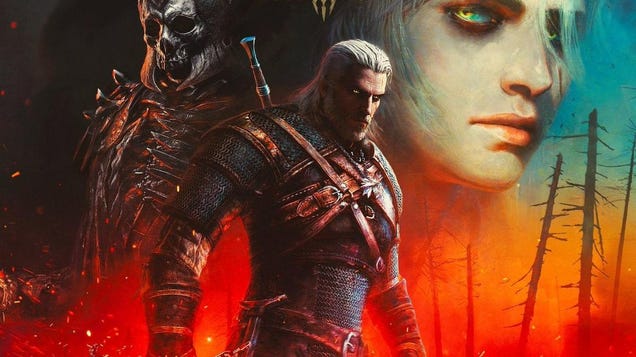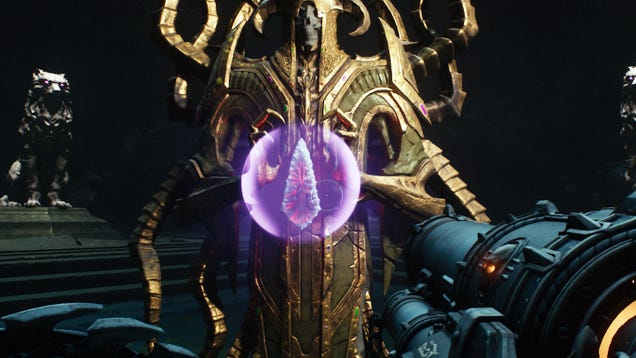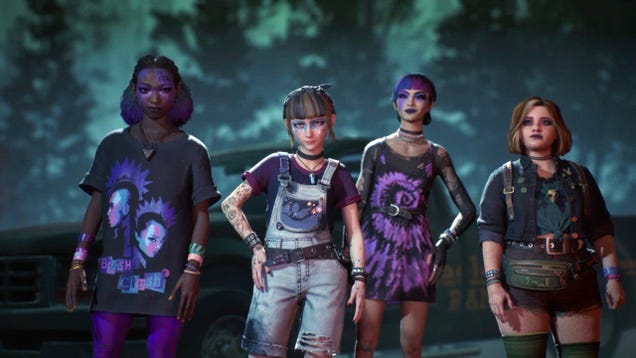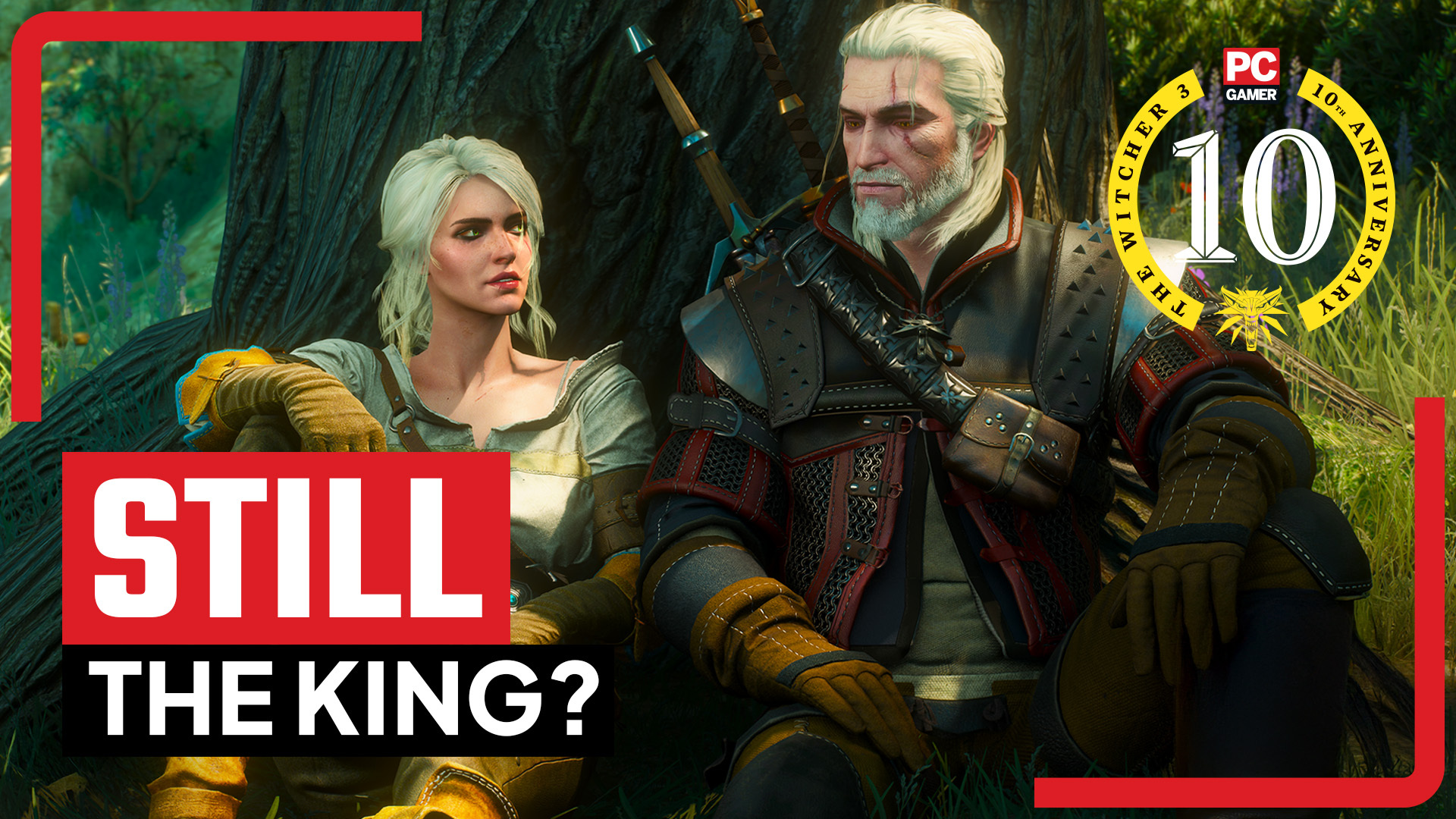
STALKER 2: Heart of Chornobyl - The Final Preview
Two hours isn’t enough time to see all the branching stories, admire all the beautiful graphics, and discover all the secrets within the world of STALKER 2. But it is enough to be left impressed. When I wasn’t taking stock of my paltry ammunition levels and hunger gauge, I was looking out at beautiful fields of red poppy flowers. When I wasn’t getting distracted by an interesting side quest I was doing my best to lure the mutants into an anomaly trap. And while it was over just when it felt like it was getting extra good, it had still left its impression. The impression that the team at GSC Game World has created something special with STALKER 2.
I will preface all this by admitting that I am not a STALKER exper meaning I have not played the 2009 hits. But I probably should be, because I am a huge fan of games that offer us various options for dealing with a story scenario – especially those where one seemingly small decision can have effects that ripple through the rest of your playthrough. That’s what this series (which began with 2007’s Shadow of Chernobyl and was built on in Call of Pripyat in 2009) is best known for, and it’s what stuck with me the most from my handful of hours with STALKER 2. I kept thinking about the decisions I had made and wondering if I had made a mistake by choosing a violent, guns-blazing approach and wondering if I should have tried a stealthy or even fully peaceful one, but STALKER 2 takes it several steps further. There are times you’ll have NPCs abruptly end a quest without rewarding you because you’ve looted the body of their dead friend, for example. Have that happen a couple of times and it’ll give you pause even when you’re doing the kind of routine task that you normally wouldn’t even think about.
You’ll have NPCs abruptly end a quest without rewarding you because you’ve looted the body of their dead friend.
Our demo began with an Enter the Zone trailer cinematic before we were unleashed into a small field area covered by the darkness of night where we were hunting for anomalies. These are dangerous areas that have been disturbed in the irradiated area and can reveal powerful artifacts with special attributes on them. And on the graphics front, for both PC and Xbox, these areas look stunning on both platforms.
This introductory sequence has us meet Skif. We still don’t know much about Skif, but we did learn that he seems to be well-versed with the new technology of STALKER 2, such as the Gilka-1 detector that you can flip open and use to search for artifacts as it beeps louder and louder when approaching the correct area. STALKER 2 artifacts are basically small objects that give you benefits like a faster stamina recharge. While attempting to plant and charge a separate larger Topaz Scanner at three such anomaly locations, I’ll yadda-yadda-yadda over some spoilers here but after a dramatic moment, we wind up in the open-world section of STALKER 2 where our journey really begins – with a main quest that we quickly find which sent us on a search for an individual named Squint.
But before discovering the Squint questline I was surprised by just how much could happen in the open world. One example was an encounter with some unsavory folks trying to attack a character bunkered down in their home. Once I took them out by sneaking around behind them and making quick work of them with a sidearm shot to the noggin I was introduced to a new NPC character. No matter who you meet in STALKER 2, the character models express emotion, and the somber mood is on full display as you sit around campfires on a brief break. This particular new character sent me on a quest to check on his friend, and a chain of other small quests unlocked because I opted to help this one individual who I could have simply walked past had I been mainlining the story missions. I found it interesting because it was an early example of how one small side-quest could begin branching out into a larger, and more involved story beat that I could have easily missed.
Not only are there human enemies to worry about which will usually have your standard arsenal, but there are also the larger more unpredictable Flesh Mutants, and Bloodsuckers who are extra deadly and can make short work of you if you’re not careful. As well as fields of poppy flowers to navigate (the latter of which sounds quite nice but will put you to sleep forever if you wander too far off the main pathways). Not only does this keep combat and the wastelands of the exclusion zone interesting, but it also offers moments of awe as you look out at the beautiful red sea of poppy flowers knowing you’ll need to go in there and carefully navigate it to complete your objective.
When I finally did find Squint, I was given two options: Confront him with violence and head back to base, or help him survive and be sent on a completely different story branch with him. At first, I took the violent approach, but when I realized it felt a bit anticlimactic to end the journey with a gunfight, so I loaded up a save just before the encounter and went the other way. I couldn’t help but remember the hundreds of hours I played Fallout 3 or Fallout New Vegas – some of my favorite games ever – and experienced that same lingering doubt as to whether or not I made the right decision in a given situation. It may not be special, and a lot of games have used this before, but I hadn’t realized how much I missed this level of nuance. While games like Cyberpunk offered interesting beats to explore, a lot of the stories wound up at the same place. I’m left hopeful that the branching paths can result in some wildly different results in STALKER 2’s case.
This brief session with STALKER 2, which seemed to start us at the very beginning of the game reminded me just how great a branching style of storytelling can be from a gameplay perspective. Specifically when it’s interwoven as it has been here with STALKER 2. I can’t wait to see what else is in store for the full experience and am able to discover just how far things can unravel.
I couldn’t help but remember the hundreds of hours I played Fallout 3 or Fallout New Vegas – some of my favorite games ever – and experienced that same lingering doubt as to whether or not I made the right decision in a given situation.
Beyond the branches of storytelling you can explore, and the pretty graphics, I also found it really refreshing to be challenged with managing resources like ammunition and food to ensure survival. If you don’t eat enough you’ll fatigue easier and that means worse aim or less stamina with which to run away from a conflict. If you run out of bullets your knife probably won’t cut it in many situations, but you can try to instead use the environment to your advantage by luring opponents into an anomaly or simply convincing them to let you “help” them from a better vantage point. This kind of resource management lends nicely to the overall feeling this oppressive world is trying to convey and it reminds you that every fight should be considered a calculated risk. Do I unload with my AK ammo, or do I try to use a bit of stealth here? Can I get away with using a pistol or do I need to get extra aggressive with an assault rifle for the bigger enemies? Do I tackle this during the night when I can use darkness to my advantage, or would I rather use the sunlight to my advantage for clearer sight? The fact that the designers at GSC Gameworld have struck a balance with how much they give you, at least early on, with the scenarios you’re put in feels like it’s in a great spot right now. Hopefully, that sticks for the rest of STALKER 2 and you don’t become overpowered by the end of the campaign, because this feeling of desperation is what it’s all about.
I’m left with an eagerness to get back into the world and see what other trouble Skif gets into. Even though November 20 is now less than two months away, STALKER 2 can’t come soon enough.








